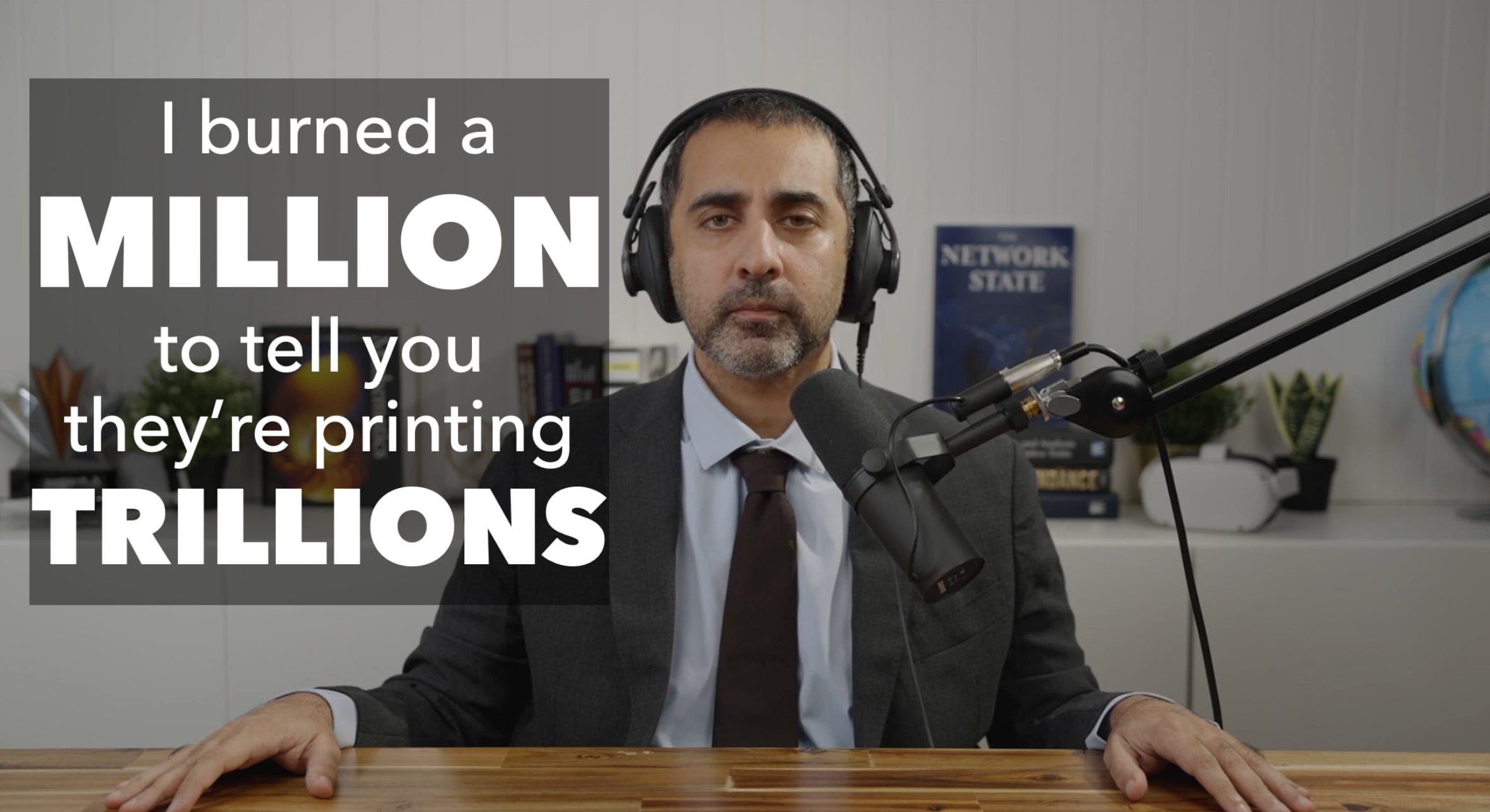Balaji Srinivasan Warns of $175 Trillion U.S. Debt Shortfall, Predicting National Bankruptcy

Silicon Valley investor and economic commentator Balaji Srinivasan has issued a stark warning regarding the financial state of the United States, asserting that the nation's true debt exceeds $175 trillion. In a recent social media post, Srinivasan stated, "The US is broke. The real debt is $175T+. And @elonmusk is 100% correct on the numbers." He concluded that "There is no fix. It's a writeoff. A national bankruptcy. And the default will be in the form of money printing.
Srinivasan's figure of $175.3 trillion reportedly stems from a 2024 financial report detailing the present value shortfall in critical social programs like Social Security and Medicare, which represent long-term unfunded liabilities. This contrasts sharply with the current national debt, which stands at over $36.2 trillion. The investor's projection suggests that the U.S. government has made promises it cannot keep, leading to an inevitable financial collapse.
The former Coinbase executive's grim outlook is shared by some figures in the cryptocurrency space. Commentators like Anthony Pompliano and Arthur Hayes, co-founder of BitMEX, have echoed the sentiment that extensive money printing, intended to inflate away the debt, could significantly devalue the U.S. dollar and drive up the value of cryptocurrencies like Bitcoin as a hedge against inflation. This perspective emphasizes a shift in global financial dynamics, with reports indicating that countries like China and BRICS nations are reducing their holdings of U.S. Treasuries and increasing gold reserves.
However, U.S. financial authorities offer a differing view. Federal Reserve Chair Jerome Powell has stated that while the current debt trajectory is "unsustainable," the existing debt level itself is "not unsustainable" if stabilized relative to the economy's size. Treasury Secretary Janet Yellen has also maintained that the debt is manageable. The Biden administration's 2025 budget proposal, for instance, aims to reduce the fiscal deficit by $3 trillion, partly through increased corporate taxes. These officials suggest that the U.S. has mechanisms to address its financial challenges without resorting to national bankruptcy.